The term ‘climate refugee’ is a term slowly beginning to enter our collective vernacular. Referring to those who are forcibly displaced and made to migrate as a consequence of climate change, ‘climate refugees’ are increasingly at risk and are arguably, the most severely impacted group of people when discussing the effects of climate change. Current legislation falls short when offering protection for those who are affected. According to the official definition set out in the 1951 Convention Relating to the Status of Refugees, a refugee is someone who is at risk of being persecuted due to several characteristics, including their religion, nationality, race, and political affiliation – to name a few, however, forced migration due to climate change is not included as a reason for someone fleeing and seeking asylum in another country. Therefore, there is essentially no protection for those who flee their lands due to one of the many impacts of climate change.
Regions around the world, including; Latin America, South Asia and sub-Saharan Africa are said to be ‘the most vulnerable to the effects of climate change’ and as a result, are expected to generate ‘143 million internal climate migrants by 2050’, causing migration on a global scale (Prange, 2022). In Somalia, more than 65% of the population – roughly 3 million people – are internally displaced (World Food Programme, 2022).
Read More: Climate Oppression, Eco-Apartheid & Palestinian Occupation
Climate Change Impacts in Somalia
Somalia has seen decades of violence, causing 2.6 million people to become internally displaced (Krampe, 2019) due to the ongoing conflict alone. With warfare worsening in neighbouring Northern Ethiopia, Somalia has seen an influx of asylum seekers and refugees, further exacerbating the already deepening humanitarian crisis it suffers. In addition to this, climate change is bringing about its own set of devastating consequences.
Coastal cities are being affected by coastal erosion caused by storms, sea level rise and cyclones resulting in floods (Wehliye & Glaser, 2021). With the rest of the country dealing with locust infestations, ocean acidification and drought, these effects of climate change are causing food insecurity through crop reduction and decreased fish catches (Broek, 2022). With livelihoods affected and food scarcity increasing, populations are migrating towards urban centres – only to be living in impoverished conditions without access to basic services and under constant threat of eviction (Hujale, 2021).
Famine
The drought-induced food insecurity in Somalia is causing an ongoing drought which is estimated to have killed over 40,000 people in 2022 (Aljazeera, 2023). Dating back to the colonial era, Somalia was heavily relied upon by British soldiers in the Middle East as their main source of food. Whilst the British spent decades looting the hundreds of thousands of Somali livestock from then-British Somaliland to feed its soldiers, it can be argued that this set in motion the environmental degradation that Somalia is witnessing now. All without compensation, this inevitably degraded the country’s ecology and environmental well-being. By depleting the land’s inherent resources and failing to restore any of the irreparable damage done, the unmerciful regime of colonialism left Somalia without its natural ecological barriers when decades later, it could have stood a chance when resisting the devastating effects of climate change.
Deforestation
Cutting trees for charcoal production, to be used for domestic consumption and exports, has driven deforestation in the country. Since 1990, Somalia’s forest areas of the total land have decreased from 13% to 9.5% in 2020 (Haque, 2020). The demise of Somalia’s government in 1991 following the ousting of President Siad Barre’s toppling of its military regime led to a civil war lasting for decades (BBC, 2023). In the years ensuing, Somalia is said to be one of the most vulnerable countries to the effects of climate change in the world – largely due to its weak capacity for adaptation.
Read More: How Gender-Responsive Climate Finance Empowers Bangladesh’s Women
The entire continent of Africa is the least responsible for climate warming, and its greenhouse gas emissions are only 3.8%. In comparison, the U.S. and the European Union are responsible for 19% and 13% of global emissions, respectively. This demonstrates how countries in the Global South – those who are suffering the most significantly from climate change, are those who contributed to it, the least.
Somalia Moving Forward
Somalia – a Muslim country – is arguably the worst affected when it comes to the effects of climate change. This, coupled with decades of ongoing conflict in the country and within the region, is causing the largest number of internal refugees of any country in the world. Thus, international refugee and asylum legislation must be amended to protect the largest group of migrants – climate refugees – which are emerging in Somalia and across the globe. Without necessary policy changes, more people are at risk of becoming climate refugees as the impacts of climate change are only exacerbated. More needs to be done to protect the rights of these victims of climate change within Somalia – and for their lands to be restored, which are rapidly becoming uninhabitable.
References
- Broek, E. & and Hodder, C. (June, 2022). Towards an integrated approach to climate security and peacebuilding in Somalia. Stockholm International Peace Research Institute. Report.
- Fedirka, A. (May 10, 2017). Why the US Cares About Somalia. Geopolitical Futures. Article.
- Haque, L. (June 16, 2020). The Lasting Consequences of Colonialism in Somalia. Article.
- Hujale, M. (August 17, 2021). Displaced Somalis and refugees struggle to recover as climate change brings new threats. UNHCR. Article.
- Prange, M (December 19, 2022) Climate Change Is Fueling Migration. Do Climate Migrants Have Legal Protections? Council on Foreign Relations. Article
- Somalia Country Profile (2023) BBC News. Available at: https://www.bbc.co.uk/news/world-africa-14094503 (Accessed: 18 August 2023).
- Somalia drought may have killed 43,000 in 2022, half under 5: UN (2023) Humanitarian Crises News | Al Jazeera. Available at: https://www.aljazeera.com/news/2023/3/20/somalia-drought-may-have-killed-43000-in-2022-half-under-5-un (Accessed: 18 August 2023).
- Wehliye, F., & Glaser, S. (2021). A Conversation About Climate Change In Somalia. Poplar & Ivy Winter 2021. DOI:10.54823/4oil01a1 (Journal Article)
- World Food Programme. (April 8, 2023). Somalia Annual Country Report 2022 – Country Strategic Plan 2022 – 2025. Report.



